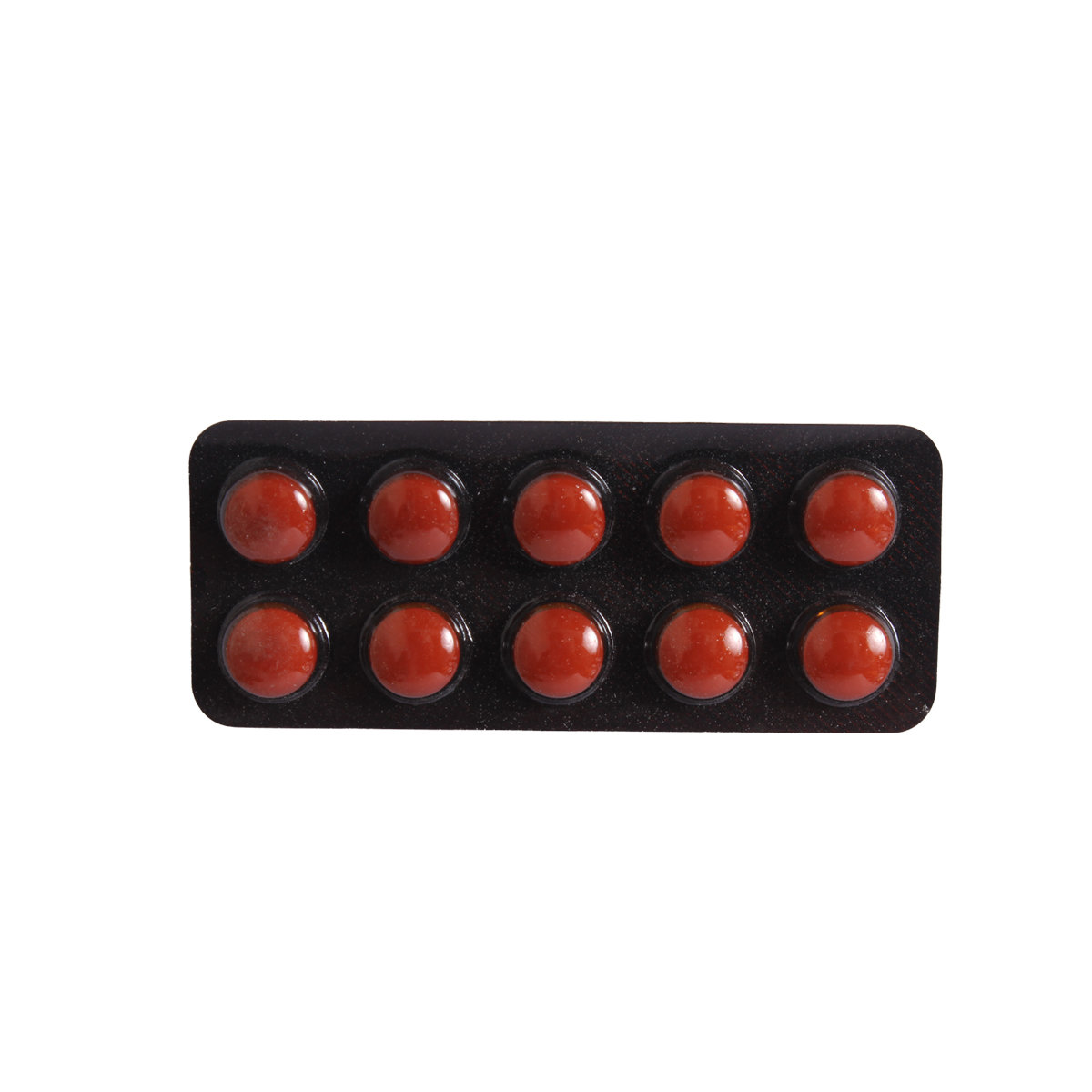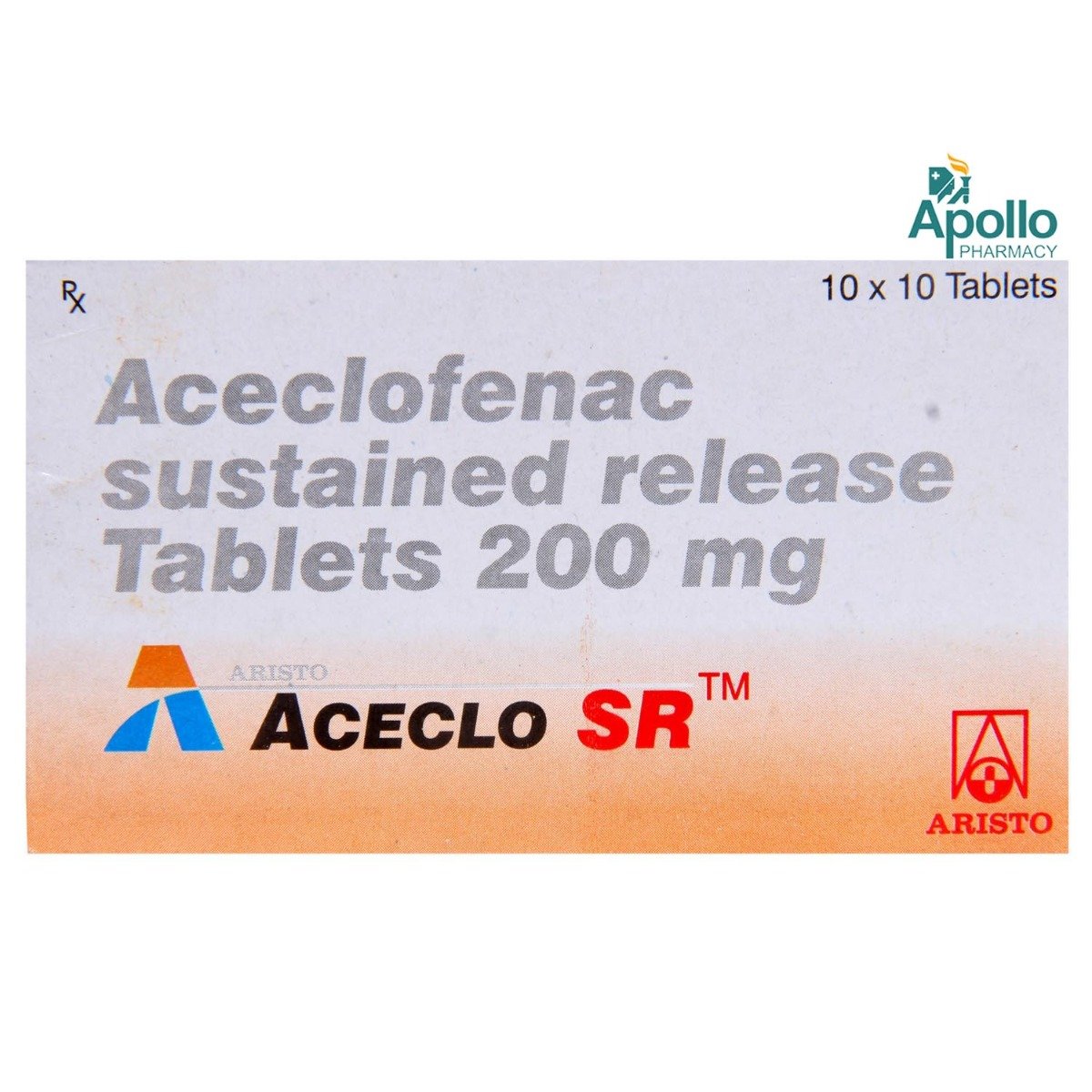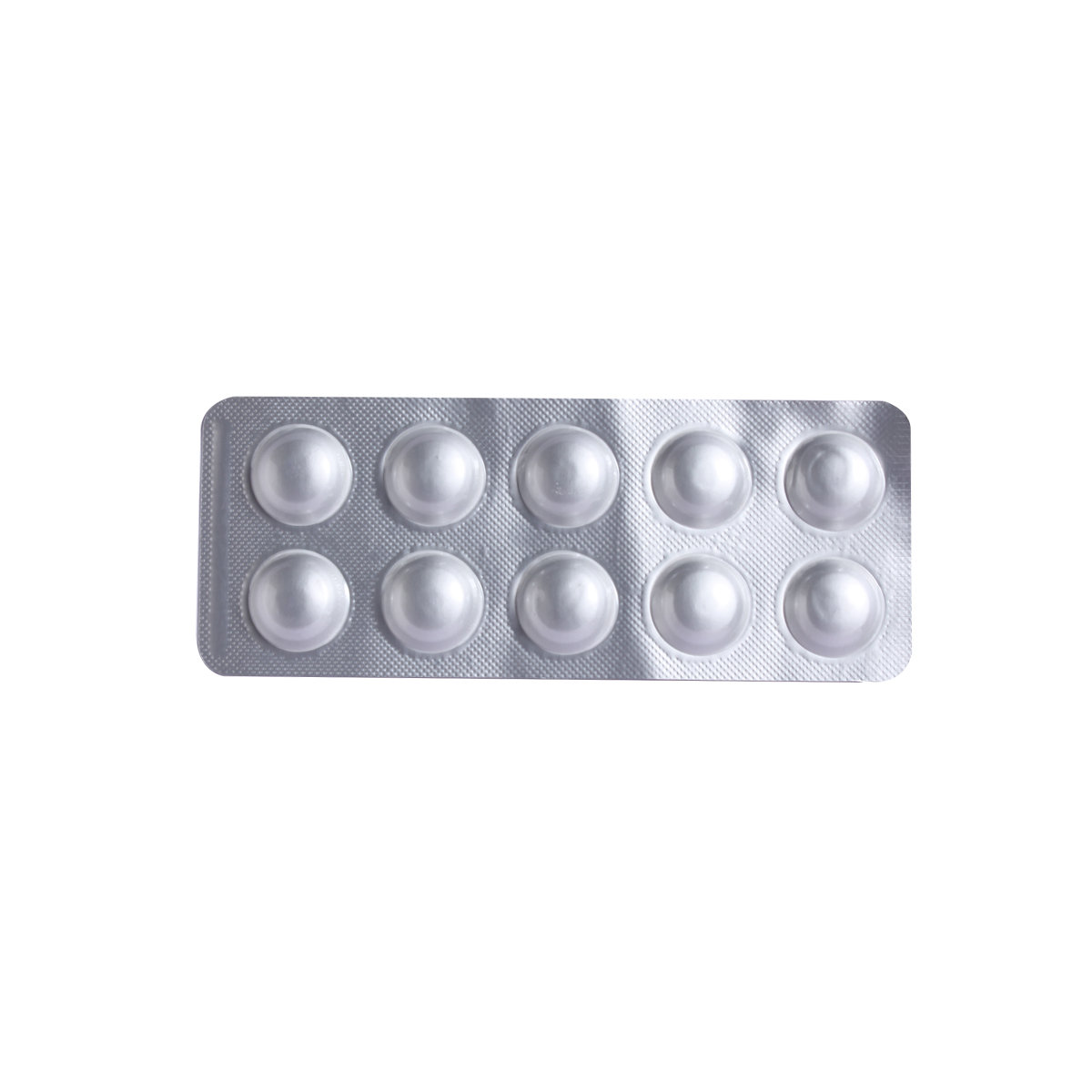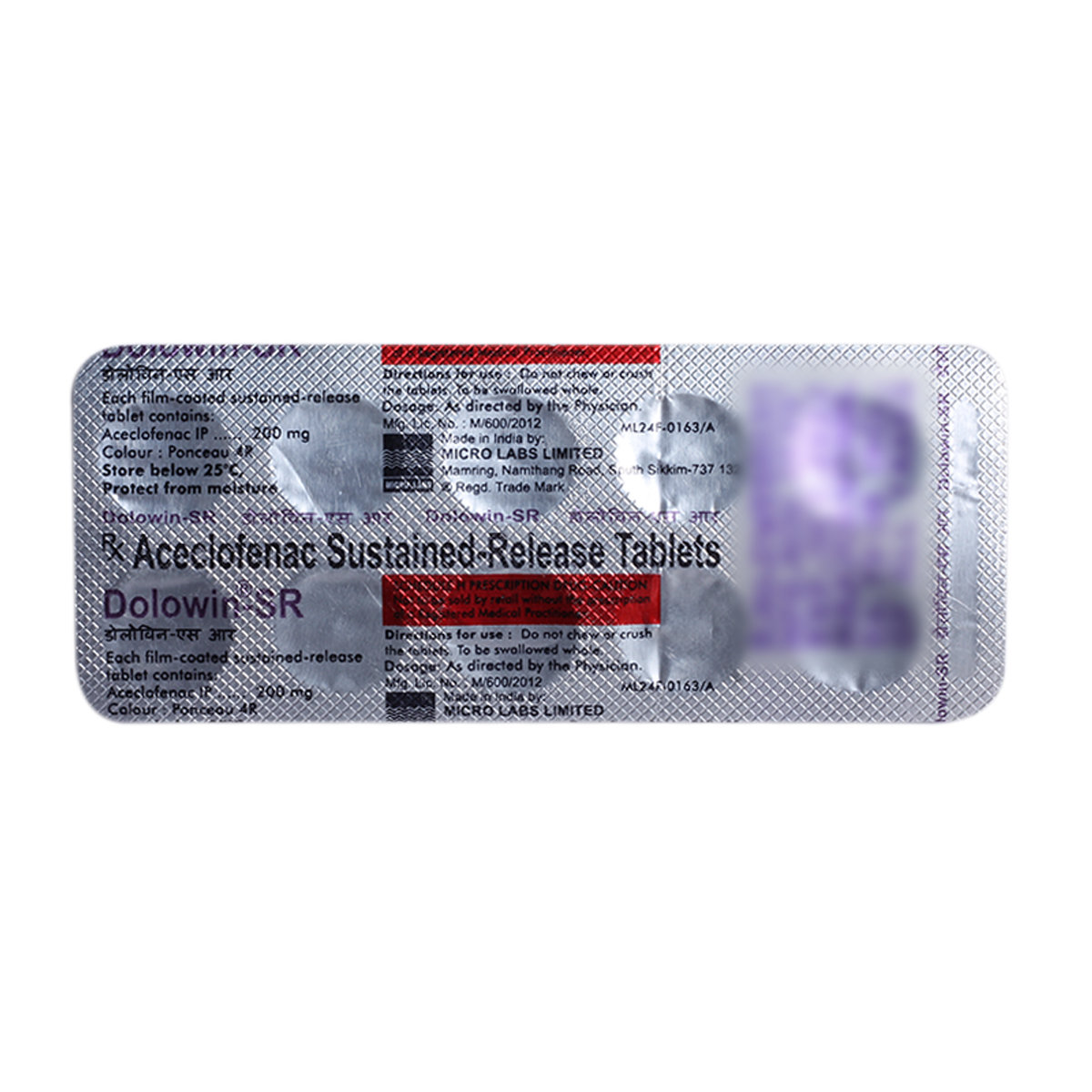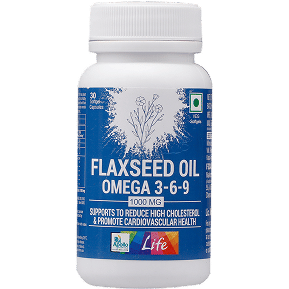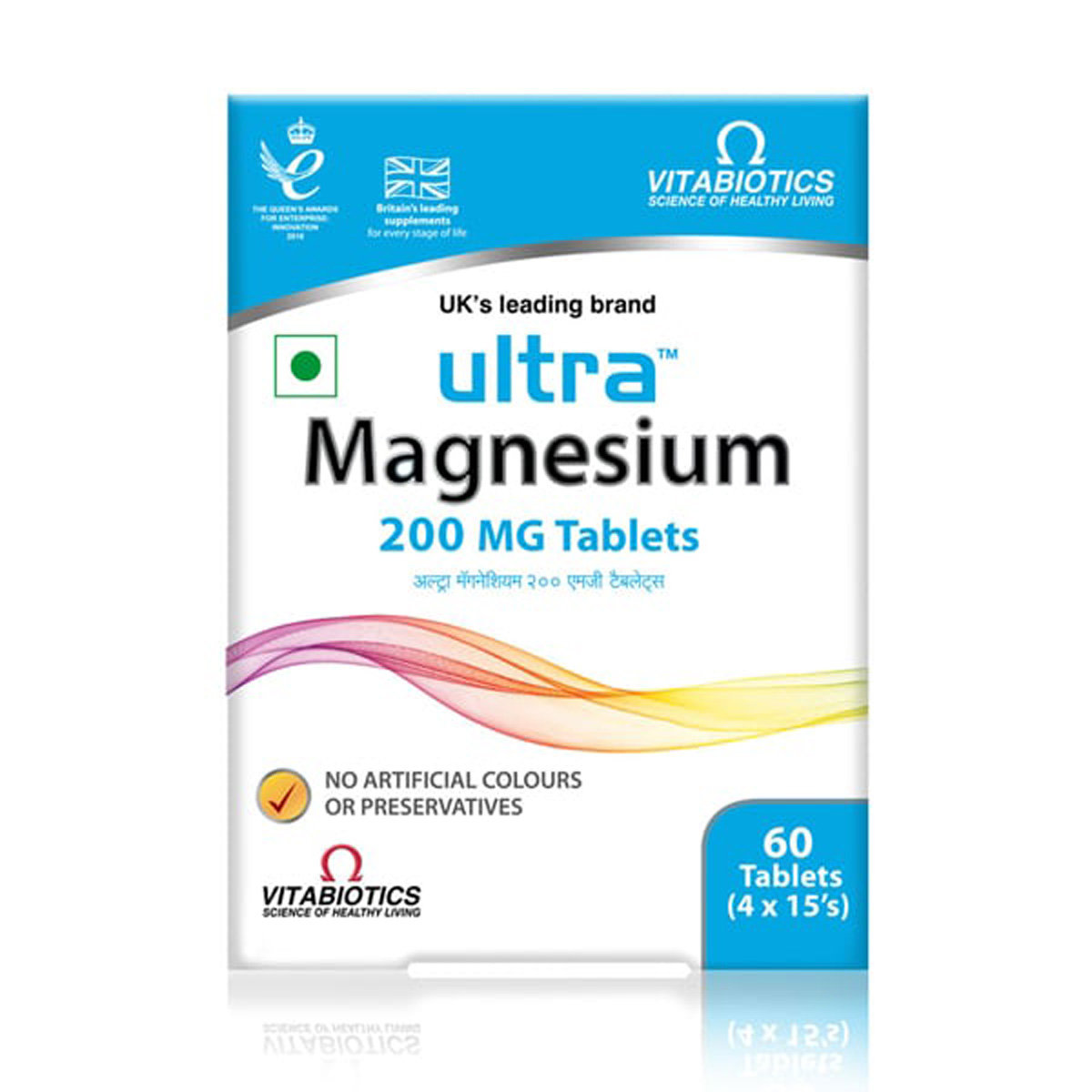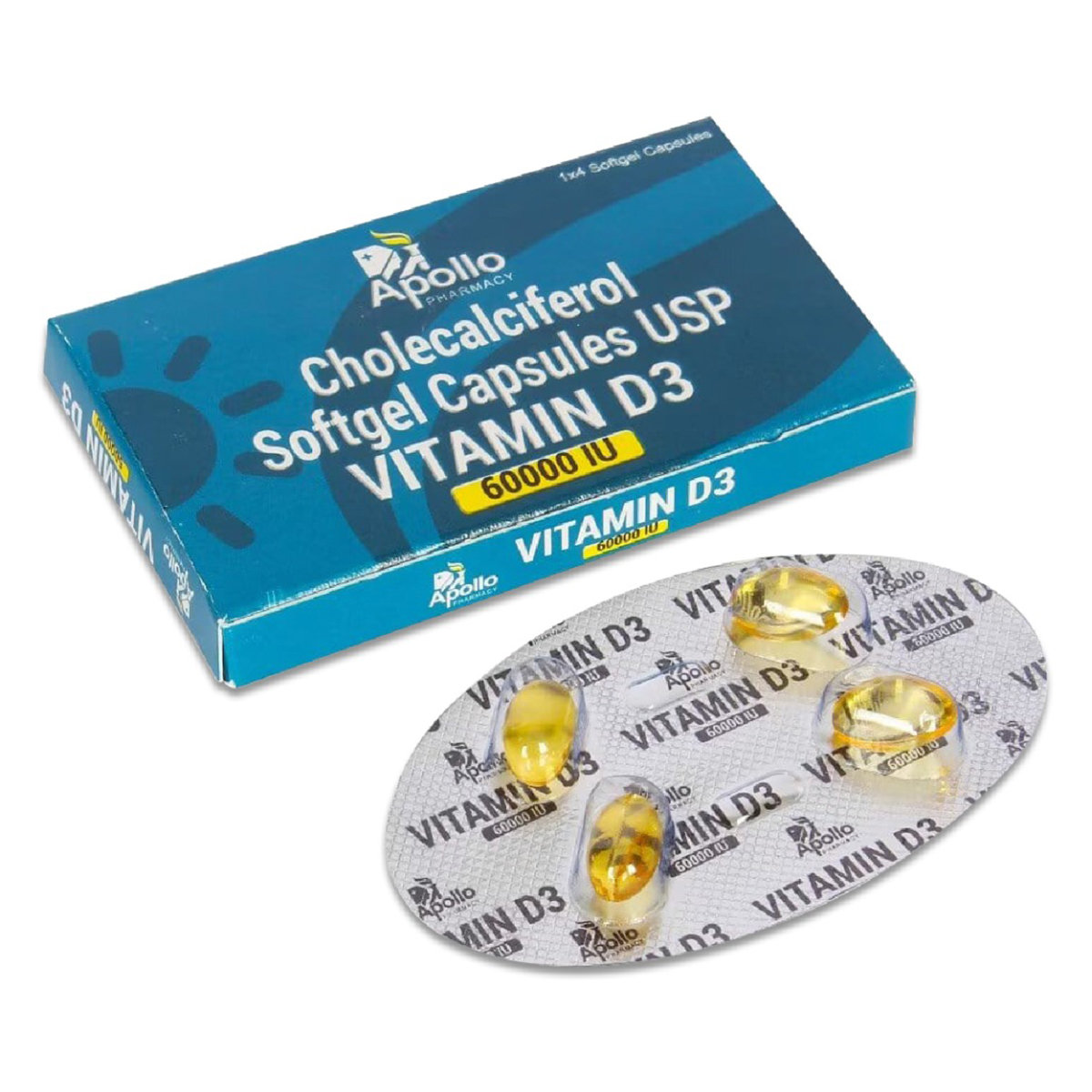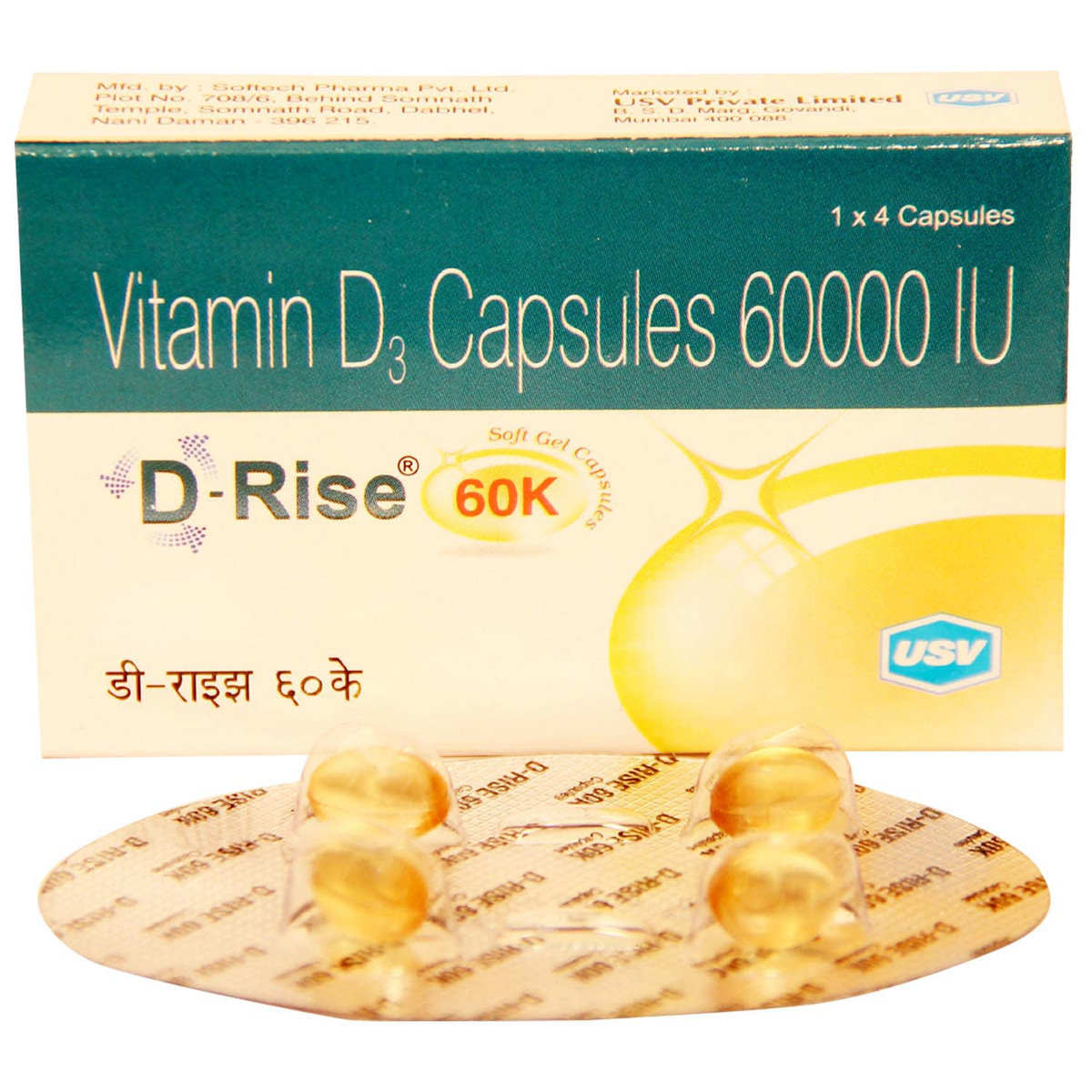Hifenac SR Tablet



MRP ₹92.5
(Inclusive of all Taxes)
₹13.9 Cashback (15%)
know your delivery time
Provide Delivery Location
Composition :
Manufacturer/Marketer :
Consume Type :
Expires on or after :
Return Policy :

Secure Payment

Trusted by 8 Crore Indians

Genuine Products
Therapeutic Class
Country of origin
Manufacturer/Marketer address
Author Details
We provide you with authentic, trustworthy and relevant information
Disclaimer
Alcohol
Safe if prescribed
Avoid consumption of alcohol while taking Hifenac SR Tablet as it may cause increased drowsiness. It can also increase the risk of stomach bleeding.
Pregnancy
Consult your doctor
Please consult your doctor if you have any concerns regarding this, your doctor will prescribe only if the benefits outweigh the risks.
Breast Feeding
Consult your doctor
It is not known if Hifenac SR Tablet passes into breastmilk. Please consult your doctor before taking Hifenac SR Tablet ; your doctor will decide whether Hifenac SR Tablet can be taken by breastfeeding mothers or not.
Driving
Safe if prescribed
Hifenac SR Tablet may cause drowsiness, dizziness and tiredness. Do not drive or operate machinery unless you are alert.
Liver
Consult your doctor
Dose adjustment may be needed in patients with liver impairment. Please consult your doctor if you have a liver impairment or any concerns regarding this.
Kidney
Consult your doctor
Dose adjustment may be needed in patients with kidney impairment. Please consult your doctor if you have kidney impairment or any concerns regarding this.
Children
Safe if prescribed
Hifenac SR Tablet is not recommended for children as the safety and effectiveness were not established.
Product Substitutes
Reference
- https://www.medicines.org.uk/emc/files/pil.4240.pdf
- https://www.drugs.com/uk/aceclofenac-100mg-tablets-leaflet.html
- https://file.wuxuwang.com/hma/SK_H_0225_001_FinalPL.pdf
- https://patient.info/medicine/aceclofenac-tablets-for-pain-and-inflammation-preservex
- https://dailymed.nlm.nih.gov/dailymed/drugInfo.cfm?setid=8a023942-01e8-4849-aa3c-1a640ffc7fd3
About Hifenac SR Tablet
Hifenac SR Tablet belongs to a group of medicines called Non-Steroidal Anti-Inflammatory Drugs (NSAIDs) or pain killers used to reduce and relieve pain, and inflammation (swelling) associated with osteoarthritis, rheumatoid arthritis and ankylosing spondylitis. Arthritis is a condition which affects the joints. Symptoms include swelling, pain, inflammation, stiffness, and tenderness.
Hifenac SR Tablet contains 'Aceclofenac' which works by blocking the effect of a chemical messenger known as cyclo-oxygenase (COX) enzyme that makes other chemical prostaglandins. By blocking the effect of COX enzymes, lesser prostaglandins are produced. This helps in reducing mild to moderate pain and inflammation at the injured or damaged site.
You are advised to take Hifenac SR Tablet for as long as your doctor has prescribed it for you depending on your medical condition. In some cases, Hifenac SR Tablet may cause certain common side-effects such as dizziness, diarrhoea, nausea, and increased liver enzymes in the blood. Most of these side effects do not require medical attention and will resolve gradually over time. However, you are advised to talk to your doctor if you experience these side effects persistently.
Consult your doctor if you are pregnant or breastfeeding. Hifenac SR Tablet may cause drowsiness and dizziness, so drive with caution. Hifenac SR Tablet is not recommended for children as safety and efficacy have not been established. Avoid consuming alcohol along with Hifenac SR Tablet as it could lead to increased drowsiness and dizziness; it might also increase the risk of stomach bleeding. Keep your doctor informed about your health condition and medicines to rule out any side effects.
Uses of Hifenac SR Tablet
Medicinal Benefits Mweb
Key Benefits
Hifenac SR Tablet belongs to a group of medicines called Non-Steroidal Anti-Inflammatory Drugs (NSAIDs) used to reduce and relieve pain, redness, and inflammation (swelling) in patients suffering from osteoarthritis, rheumatoid arthritis and ankylosing spondylitis. Hifenac SR Tablet works by blocking the effect of a chemical messenger known as cyclo-oxygenase (COX) enzyme that makes other chemical prostaglandins which are produced at injury sites and cause pain and swelling. By blocking the effect of COX enzymes, lesser prostaglandins are produced. This helps in reducing mild to moderate pain and inflammation at the injured or damaged site.
Directions for Use
Side Effects of Hifenac SR Tablet
- Dizziness
- Diarrhoea
- Nausea
- Increased liver enzymes in blood
Drug Warnings
If you have had any recent heart surgery, do not take Hifenac SR Tablet as it can increase the risk of heart attack or stroke. Do not take Hifenac SR Tablet if you are allergic to aceclofenac or other NSAIDs (such as ibuprofen, diclofenac or naproxen); if you have stomach ulcers, have suffered bleeding problems, clotting problems, severe heart, liver or kidney problems. Inform your doctor if you have or had disorders of the stomach, blood circulation problems to the brain, asthma, porphyria (blood disorder), diabetes, high blood pressure, auto-immune diseases, connective tissue diseases; if you are recovering from major surgery or if you are elderly. Consult your doctor if you are pregnant or breastfeeding. Hifenac SR Tablet may cause drowsiness and dizziness, so drive only if you are alert. Hifenac SR Tablet is not recommended for children as safety has not been established. Avoid consuming alcohol along with Hifenac SR Tablet as it could lead to increased drowsiness and may also increase the risk of stomach bleeding. Stop taking Hifenac SR Tablet and consult your doctor immediately if you have stomach pain or any signs of bleeding in the intestine or stomach such as blood in stools. Do not take any other NSAIDs for pain relief along with Hifenac SR Tablet unless prescribed.
Drug-Drug Interactions
Drug-Drug Interactions
Login/Sign Up
Co-administration of Atenolol with Hifenac SR Tablet could increase the risk of low blood pressure.
How to manage the interaction:
Although there is a possible interaction between Atenolol and Hifenac SR Tablet, you can take these medicines together if prescribed by a doctor. Consult a doctor if you experience excessive sweating, shortness of breath, palpitations, or chest discomfort. Do not discontinue any medications without consulting a doctor.
Drug-Food Interactions
Drug-Food Interactions
Login/Sign Up
Drug-Diseases Interactions
Drug-Diseases Interactions
Login/Sign Up
Drug-Drug Interactions Checker List
- ASPIRIN
- IBUPROFEN
- NAPROXEN
- CELECOXIB
- ETORICOXIB
- CITALOPRAM
- ESCITALOPRAM
- FLUOXETINE
- FLUVOXAMINE
- PAROXETINE
- SERTRALINE
- LITHIUM
- DIGOXIN
- ENALAPRIL
- LISINOPRIL
- LOSARTAN
- HYDRALAZINE
- METHYLDOPA
- CLONIDINE
- PROPRANOLOL
- MOXONIDINE
- CIPROFLOXACIN
- OFLOXACIN
- LEVOFLOXACIN
- MOXIFLOXACIN
- FUROSEMIDE
- WARFARIN
- HEPARIN
- CLOPIDOGREL
- METHOTREXATE
- MIFEPRESTONE
- HYDROCORTISONE
- PREDNISOLONE
- CYCLOSPORINE
- TACROLIMUS
- ZIDOVUDINE
- GLIBENCLAMIDE
- GLICLAZIDE
- CANDESARTAN
- AMILORIDE HYDROCHORIDE
- TOLBUTAMIDE
Habit Forming
Diet & Lifestyle Advise
- Physical activity helps in strengthening muscles and relieves joint stiffness. Gentle activities like 20-30minutes of walking or swimming would be helpful.
- Performing yoga may also help in improving joint flexibility and pain management.
- Maintain a healthy weight by performing regular low-strain exercises and eating healthy food.
- Get adequate sleep as resting the muscles can help in reducing inflammation and swelling.
- Follow heat or cold therapy, apply a cold or hot compress on the joints for 15-20minutes regularly.
- De-stress yourself by meditating, reading books, taking a warm bubble bath or listening to soothing music.
- Acupuncture, massage and physical therapy may also be helpful.
- Eat food rich in antioxidants such as berries, spinach, kidney beans, dark chocolate, etc.
- Foods containing flavonoids help in reducing inflammation. These include soy, berries, broccoli, grapes and green tea.
- Avoid smoking and alcohol consumption.
All Substitutes & Brand Comparisons
RX
Topnac SR Tablet 10's
Systopic Laboratories Pvt Ltd
₹38
(₹3.42 per unit)
58% CHEAPERRX
Big-Nac Sr Tablet 10's
Cadila Pharmaceuticals Ltd
₹46.5
(₹4.19 per unit)
49% CHEAPERRX
Akilos-CR Tablet 10's
Unison Pharmaceuticals Pvt Ltd
₹47
(₹4.23 per unit)
49% CHEAPER
Buy best C.n.s Drugs products by
Intas Pharmaceuticals Ltd
Sun Pharmaceutical Industries Ltd
Torrent Pharmaceuticals Ltd
Alkem Laboratories Ltd
Abbott India Ltd
Cipla Ltd
Alteus Biogenics Pvt Ltd
Micro Labs Ltd
Lupin Ltd
Ipca Laboratories Ltd
D D Pharmaceuticals Pvt Ltd
Icon Life Sciences
Mankind Pharma Pvt Ltd
Tripada Healthcare Pvt Ltd
Arinna Lifesciences Ltd
Linux Laboratories Pvt Ltd
East West Pharma India Pvt Ltd
La Renon Healthcare Pvt Ltd
Talent India Pvt Ltd
Tas Med India Pvt Ltd
Zydus Healthcare Ltd
Cnx Health Care Pvt Ltd
Eris Life Sciences Ltd
Leeford Healthcare Ltd
Emcure Pharmaceuticals Ltd
Macleods Pharmaceuticals Ltd
Sigmund Promedica
Aristo Pharmaceuticals Pvt Ltd
Dr Reddy's Laboratories Ltd
Troikaa Pharmaceuticals Ltd
Consern Pharma Ltd
Zydus Cadila
Shine Pharmaceuticals Ltd
Wockhardt Ltd
Ardent Life Sciences Pvt Ltd
Crescent Formulations Pvt Ltd
Theo Pharma Pvt Ltd
Reliance Formulation Pvt Ltd
Ikon Pharmaceuticals Pvt Ltd
Propel Healthcare
Neon Laboratories Ltd
Jagsam Pharma
Msn Laboratories Pvt Ltd
Morepen Laboratories Ltd
Pulse Pharmaceuticals
Sanofi India Ltd
Med Manor Organics Pvt Ltd
Hetero Healthcare Pvt Ltd
Novartis India Ltd
Crescent Therapeutics Ltd
Elder Pharmaceuticals Ltd
Solvate Laboratories Pvt Ltd
Akumentis Healthcare Ltd
Mova Pharmaceutical Pvt Ltd
Psyco Remedies Ltd
Tripada Lifecare Pvt Ltd
Ajanta Pharma Ltd
Cyrus Remedies Pvt Ltd
Medishri Healthcare Pvt Ltd
Cadila Healthcare Ltd
Glenmark Pharmaceuticals Ltd
Matteo Health Care Pvt Ltd
Hbc Life Sciences Pvt Ltd
Lyf Healthcare
Matias Healthcare Pvt Ltd
Mesmer Pharmaceuticals
Alembic Pharmaceuticals Ltd
Capital Pharma
Crescent Pharmaceuticals
Medopharm Pvt Ltd
Alniche Life Sciences Pvt Ltd
Kivi Labs Ltd
Talin Remedies Pvt Ltd
USV Pvt Ltd
Quince Lifesciences Pvt Ltd
Solis Pharmaceuticals
Infivis Life Care
Zuventus Healthcare Ltd
Cadila Pharmaceuticals Ltd
Pfizer Ltd
Wallace Pharmaceuticals Pvt Ltd
A N Pharmacia Laboratories Pvt Ltd
Blue Cross Laboratories Pvt Ltd
Jenburkt Pharmaceuticals Ltd
Lia Life Sciences Pvt Ltd
Mano Pharma
Medley Pharmaceuticals Ltd
Primus Remedies Pvt Ltd
FDC Ltd
Maneesh Pharmaceuticals Ltd
Apex Laboratories Pvt Ltd
Gagnant Healthcare Pvt Ltd
Ozone Pharmaceuticals Ltd
RPG Life Sciences Ltd
Strides Shasun Ltd
Unichem International
GlaxoSmithKline Pharmaceuticals Ltd
Kuresys Labs Pvt Ltd
LA Pharma
Trion Pharma India Llp
Frequently Bought Together

_0.jpg?tr=q-85)





